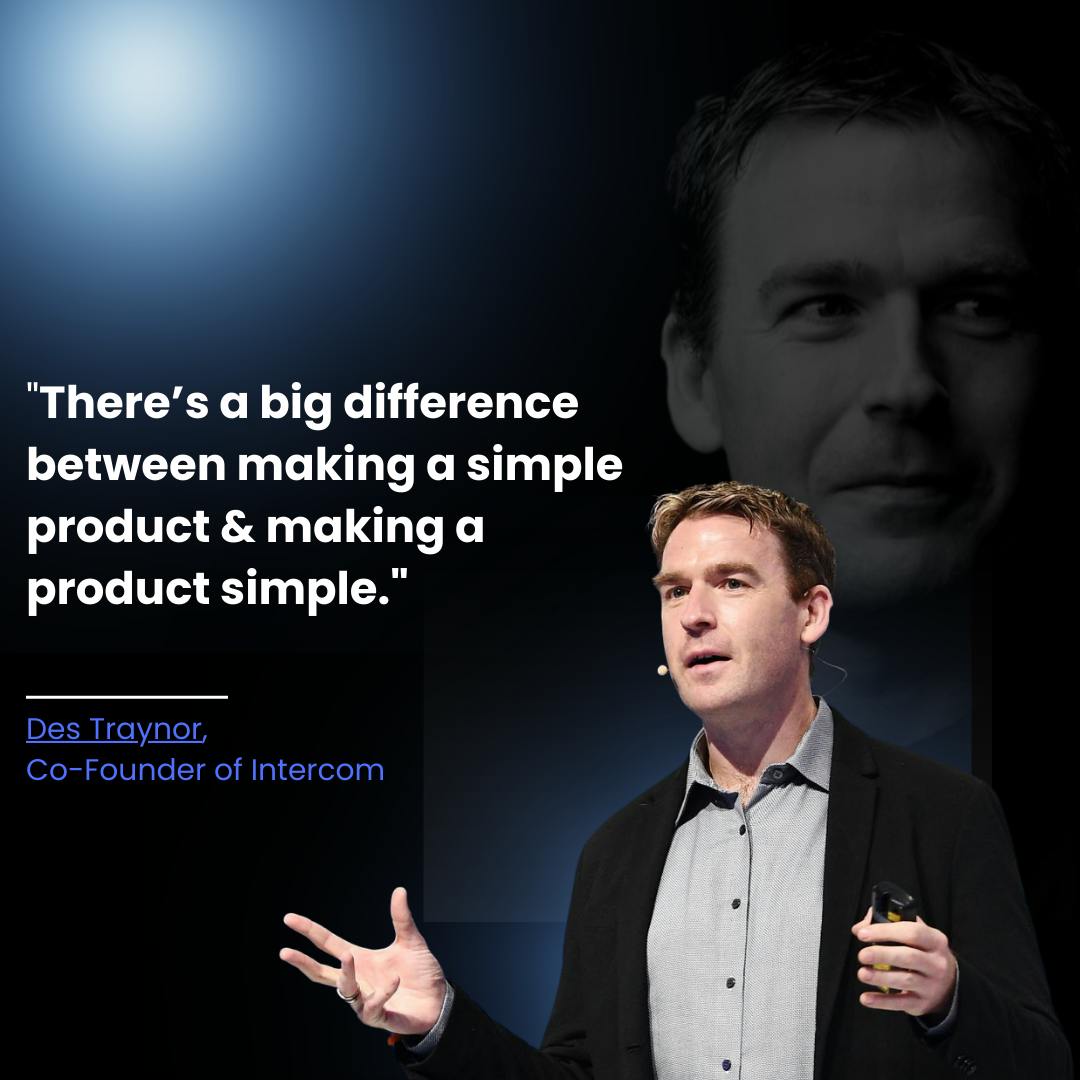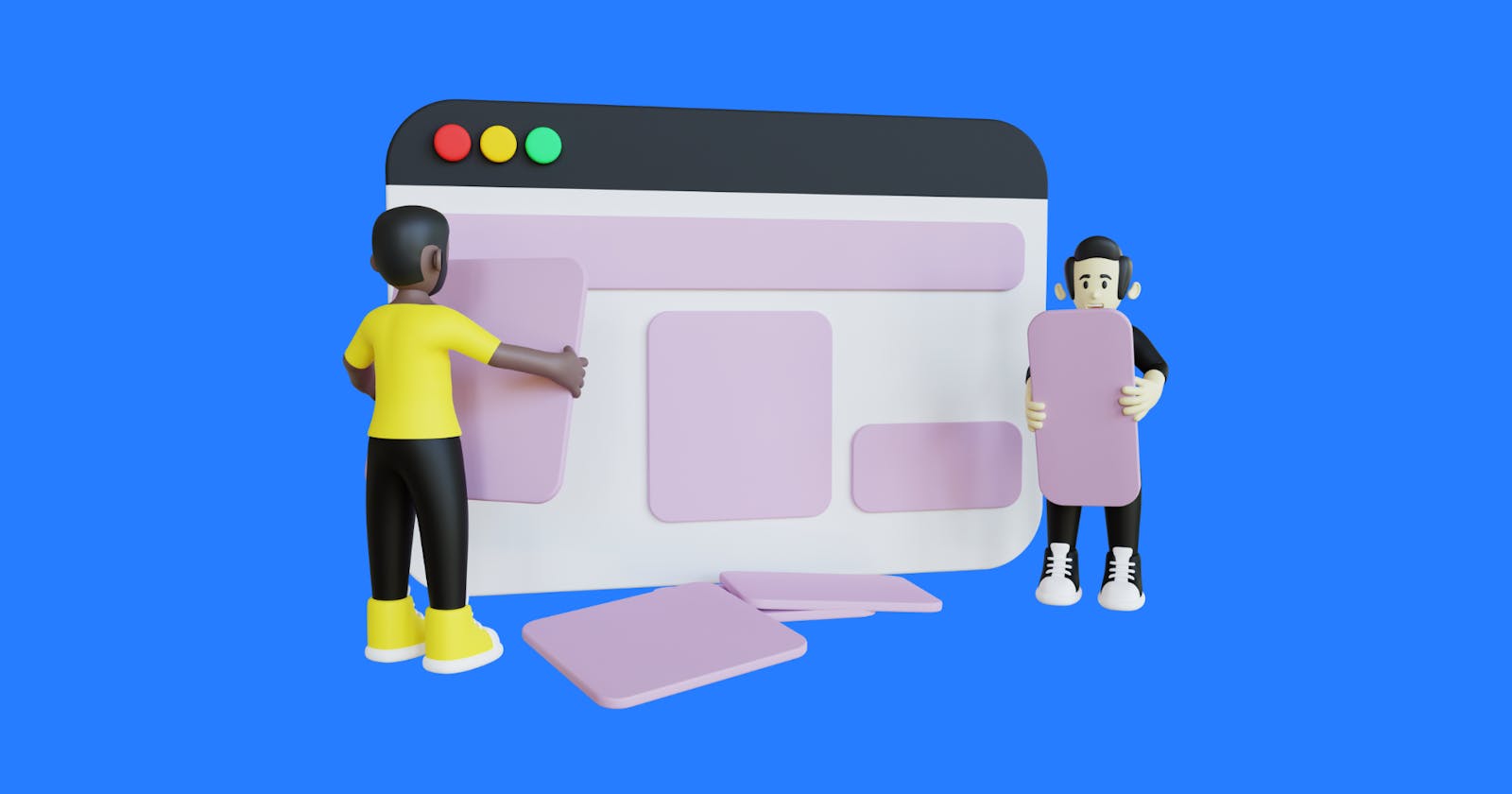Everything you need to know about UX research: A comprehensive guide for beginners.
If you're new to the world of user research, you've come to the right place! This is the only article you'll need to learn the ins and outs of carrying out UX research for your business or company. In this article, we'll cover topics like the importance of UX research, when to carry out UX research, who a UX researcher is, the right time to carry out UX research, and so much more.
Ready? Let's get right into it.
What is UX research?
UX research basically stands for User Experience research.
It is simply the process of speaking to your customers to understand their needs, preferences, behaviors, and pain points when interacting with a product, or digital interface. The primary goal of UX research is to gain insights into how users perceive and interact with a particular system so that designers and developers can create products that are more intuitive, effective, and enjoyable to use by customers.
UX research is an essential part of the product process and involves various methods and techniques to gather data about users and their experiences.

UX research is an ongoing and integral process that should be continuously employed throughout the entire product lifecycle, especially when consistently rolling out new products and features to your customers. It's not a one-off activity but rather a constant effort to understand customers' needs and behaviors, ensuring that the design remains user-centered and effective.
Why is UX research important?
According to Forrester, every dollar companies invest in UX results in a return of $100 (a 9,900% ROI). Going by this statistic, it's safe to say that the return on investment in conducting UX research is high.
Here are more reasons why carrying our UX research is important
User-Centered Design: UX research puts the focus on your customers and their needs, preferences, and pain points. When you understand your customers better, you can create products that align with their expectations, resulting in more intuitive and user-friendly experiences.
Improved Usability: Through UX research, designers can identify usability issues and challenges that customers face when interacting with a product. By addressing these issues, they can enhance overall usability, making it easier for users to achieve their goals efficiently.
Validation of Assumptions: UX research helps validate assumptions made during the design process. It provides real-world data and insights, allowing designers to confirm whether their design decisions are effective or need adjustments.
Reduced Risk and Cost: Investing in UX research early in the product development lifecycle helps identify potential problems and user dissatisfaction before they become costly to fix. It minimizes the risk of developing a product that doesn't meet your customers' needs or fails in the market.
Increased User Satisfaction: Understanding users' desires and frustrations enables designers to create products that delight users. Satisfied users are more likely to stay loyal, recommend the product to others, and positively impact the brand's reputation.
Enhanced Conversion and Engagement: Happy customers are paying customers. When you optimize your customer's experience, you can increase the conversion rate of your business, retain more customers, and improve overall user engagement, leading to better business outcomes.
Competitive Advantage: In today's competitive market, a good customer experience can be a crucial differentiator between you and your competitors. Products that offer superior user experiences tend to stand out and gain a competitive advantage over those with subpar UX.
Long-Term Success: Investing in UX research leads to long-term success and sustainability for products and businesses. It fosters a customer-centric approach that can adapt to changing user needs and market trends.
When is the right time to carry out UX research?
I'm sure you're asking yourself, now that I know the importance of UX research, when is the right time actually to carry out this research? Let's dive into it.
-Early Stage of Product Development: Before diving deep into the design process, gather insights about your target audience, their needs, pain points, and preferences. Understanding user behaviors and motivations early on will lay the foundation for a user-centered product.
-During Ideation and Conceptualization: Involving users at this stage helps you gather valuable feedback that can help shape the product's direction and features. Use methods like user interviews or surveys to gain insights into potential user expectations.
-Ahead of Major Updates or Launches: Before rolling out major updates or launching a new version of your product, conducting UX research can help identify any last-minute issues or potential bottlenecks.
-When Metrics Indicate Problems: If your product metrics indicate a drop in user engagement, high bounce rates, or low conversion rates, it's a clear sign that it's time to conduct UX research. Identifying and addressing user pain points can help reverse these negative trends.
-When Entering New Markets: When expanding into new markets or targeting new user demographics, UX research becomes essential. Understanding the unique needs and cultural differences of these users will help you tailor your product to their preferences.
These are just a few instances where carrying out UX research will benefit your business in the long run.
Which UX research method is the right one to use?
The choice of your UX research method depends on various factors, including your business goals, the stage of the product development process, available resources, and the target audience. Here are four subsets of UX research methods and when to use them:
Qualitative Research
Qualitative research focuses on gathering in-depth, subjective insights and understanding the reasons behind users' behaviors and preferences. This approach often involves methods such as user interviews, focus groups, and open-ended surveys. Qualitative research is particularly useful during the early stages of product development to gain a deeper understanding of user needs and to inform design decisions.
Quantitative Research
Quantitative research, on the other hand, focuses on collecting numerical data and using statistical analysis to draw conclusions. This approach is about understanding patterns, trends, and correlations among large groups of users. Methods such as surveys with closed-ended questions, A/B testing, and website analytics are typical examples of quantitative research. It is valuable for validating hypotheses, measuring user satisfaction, and analyzing large-scale user behavior.
Attitudinal Research
Attitudinal research is concerned with understanding users' beliefs, opinions, and attitudes toward a product or brand. This type of research aims to gauge user perceptions, preferences, and emotional responses. Attitudinal research often employs methods like surveys, questionnaires, or focus groups to assess users' subjective opinions about a product's design, usability, and overall experience. Understanding users' attitudes is critical for building a positive brand image and tailoring products to meet their emotional needs.
Behavioral Research
Behavioral research focuses on observing and analyzing actual user behavior when interacting with a product or service. It seeks to understand how users navigate through a website, app, or system and how they perform specific tasks. Methods like usability testing, and click-through analytics are common in behavioral research. This approach provides concrete data on how users interact with the product, identifying usability issues and areas for improvement.
How to conduct UX research
Start by clearly defining your research objectives. What specific questions do you want to answer or problems do you want to address?
Define and recruit your target customer group or audience.
Choose the appropriate research methods that align with your objectives and target audience.
Develop the necessary materials for your chosen research methods. This may include interview scripts, survey questionnaires, usability test scenarios, or discussion guides.
Run the research sessions according to your chosen methods.
During the research sessions, gather data through notes, audio or video recordings, and completed surveys.
Once the research is complete, analyze the data collected. Look for patterns, themes, and trends that emerge from the responses and interactions.
Prepare a research report detailing your findings, conclusions, and recommendations. Share this information with relevant stakeholders.
Use the insights gained from the research to make iterative improvements to your product or service.
Will UX research be replaced by AI?
While AI (Artificial Intelligence) has the potential to enhance and complement certain aspects of UX research, it is unlikely to replace it completely. AI may be capable of analyzing large amounts of data, but it lacks the ability to truly understand human emotions, preferences, and motivations.
UX research involves empathy and qualitative insights that are difficult for AI to replicate.
What do UX researchers do?
UX researchers are responsible for gathering and analyzing data from user experiences and behaviors. Their primary focus is on understanding users' needs, pain points, and preferences to guide product design and development. UX researchers do not require coding skills. While coding skills may be helpful in certain UX roles, such as UX designers or UX developers, they are not a core requirement for UX research.
Here are some key tasks and responsibilities of UX researchers:
Conducting user interviews and surveys to gather qualitative data and feedback.
Running usability tests to evaluate the usability and effectiveness of products.
Analyzing quantitative data and conducting statistical analysis to identify trends and patterns.
Creating personas and user journey maps to visualize user behaviors and experiences.
Collaborating with cross-functional teams, such as designers, product managers, and developers, to advocate for user needs and ensure a user-centered design approach.
Continuously staying up-to-date with UX research methodologies and best practices.
UX researchers play a critical role in creating products that are intuitive, user-friendly, and valuable to the target audience. They bridge the gap between users and the product team, ensuring that design decisions are based on user insights and data.
Interested in learning how to improve your UX research? Check out this guide.




